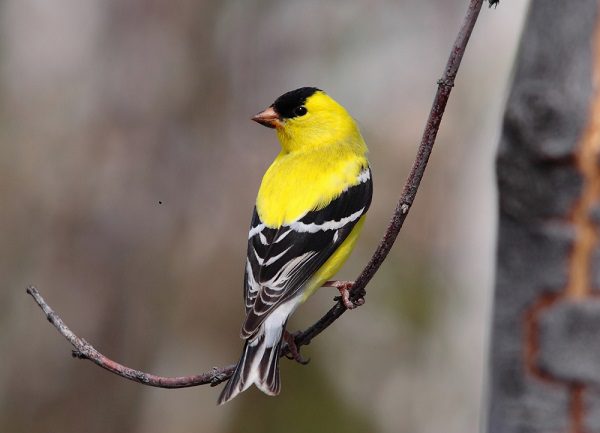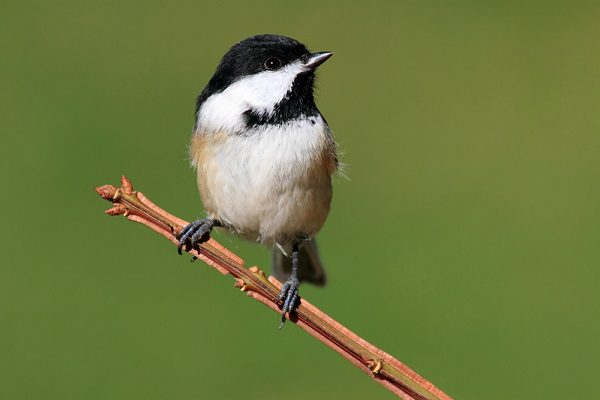A little bird told me

Image courtesy of Shutterstock.com
The degree to which we humans can adapt to noise is many and varied. Let’s say we live in a quiet neighborhood where the only sounds we hear are the rustling of trees, children at play, and birds singing. Suddenly, with commercial rezoning of property adjacent to ours, we now hear the din of construction vehicles, jackhammers, saws and other sounds related to building and added vehicular traffic. We can a) ignore it, b) complain to county council, c) move, d) insert ear plugs/don earphones channeling stuff we want to hear, or e) speak louder so we may be heard over the cacophony.
According to research published by Furman Biology professor John Quinn, Ph.D., and his colleagues, it appears option e is what our bird friends do in the face of added noise introduced to their environment. Dr. Quinn et al. recorded their findings in a paper titled “Variation in Avian Vocalizations during the Non-Breeding Season in Response to Traffic Noise” for the journal Ethology.
Quinn and researchers from the University of Nebraska studied how traffic noise affects the calls of the Black-capped Chickadee (Poecile atricapillus) and the American Goldfinch (Spinus tristis). The researchers recorded and measured the signature ‘chick-a-dee’ call of chickadees, and the ‘po-ta-to-chip’ call of goldfinches to determine whether components of the calls produced in areas of high traffic noise and low traffic noise differed in any way.
They found that both chickadee and goldfinch calls had higher minimum frequencies in areas with high traffic-noise than in low traffic-noise areas. And while minimum frequencies of calls were higher, the maximum frequencies showed no difference in either species’ calls—a clue suggesting chickadees and goldfinches alter the portion of their calls that is acoustically masked by traffic noise in an effort to better transmit the vocalization.
Vocalizations can inform the receiver of the location and identity of the sender so our avian friends are able to flock together, as birds of a feather do. If part of a call is eclipsed by traffic noise, it may be more difficult to pick out the sounds of birds belonging to the same species, or to hear and respond to alarm calls. Clearly broadcast vocalizations ensure the correct message is relayed, benefiting both the sender and receiver, argue the researchers.
Says, Quinn, “The project was an offshoot of our study of how birds respond to physical changes in the environment like habitat loss, for example. We hypothesized that since landscape changes affect birds, soundscape changes would also have an impact on bird behavior and populations. Our findings show that noise management should be included in conservation planning.”
The abstract for the Ethology paper may be viewed here. For more information, contact Dr. John Quinn, Department of Biology, (864) 294-3756, or john.quinn@furman.edu.
